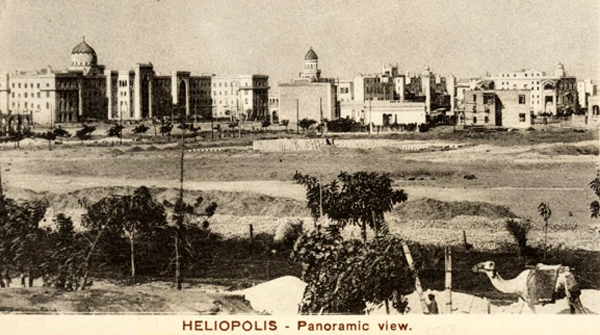| << Chapter < Page | Chapter >> Page > |
Related Resources
Alternative Names: Al Qāhirah; Misr; Masr; Le Caire; Kairo; El-Qâhira; El Kahirah; El Kahira
Latitude/Longitude: 30° 03' 00" N 031° 15' 00" E

Cairo is the seventh largest metropolitan area in the world today. Though its name means “the conqueror”, it is most often referred to as Misr, the local namefor the entire country of Egypt. The original town of Cairo was too far from the Nile to support a large city, and the ancient capital of Egypt was located inMemphis, which is just south of the modern city. Modern Cairo dates to the establishment of a Roman fort in 150 and called Babylon-in-Egypt. It became afair-sized town inhabited by Coptic Christians, but in 642 was captured by the Arabs. The first mosque in Africa was built here, and with the establishment ofAl-Azhar mosque and its university, Cairo became a great center of learning. The decline of Baghdad led to the further importance of Cairo, and it was probably thelargest city in the world during the fourteenth century. Beginning in the sixteenth century it was governed by the Ottomans, with a brief period of French control. Inthe nineteenth century it saw a great deal of westernization, due to the influence of Great Britain and the building of the Suez Canal. After independence from Britainin the early twentieth century, it continued to grow, both in area and population. Today it is a huge modern city, known to most of the world as the starting point fortravel to the great sites of ancient Egypt.
Related Resources
See Al Jīzah
Latitude/Longitude: 30° 09' 00" N/ 031° 19' 00" E

The ancient Heliopolis was inhabited as early as the Predynastic Period and there were many structures builtduring the Old and Middle Kingdoms. However, today there are few remnants of the complex, as building materials from the temples and other structures were used inthe building of Ottoman Cairo. The complex served as the capital of Egypt for a time, and was the location of the grain reserve; in fact, one story from The Book ofthe Dead recounts Horus feeding the multitudes with 7 loaves of bread. In the Greco-Roman period the city was a center of learning but was later eclipsed byAlexandria. Several monuments were removed from the city, including the famed Cleopatra’s Needle. Today most of the area is under cultivation, but there are someremaining walls. This ancient city should not be confused with the upscale modern suburb of Cairo by the same name.

Notification Switch
Would you like to follow the 'Places in egypt' conversation and receive update notifications?